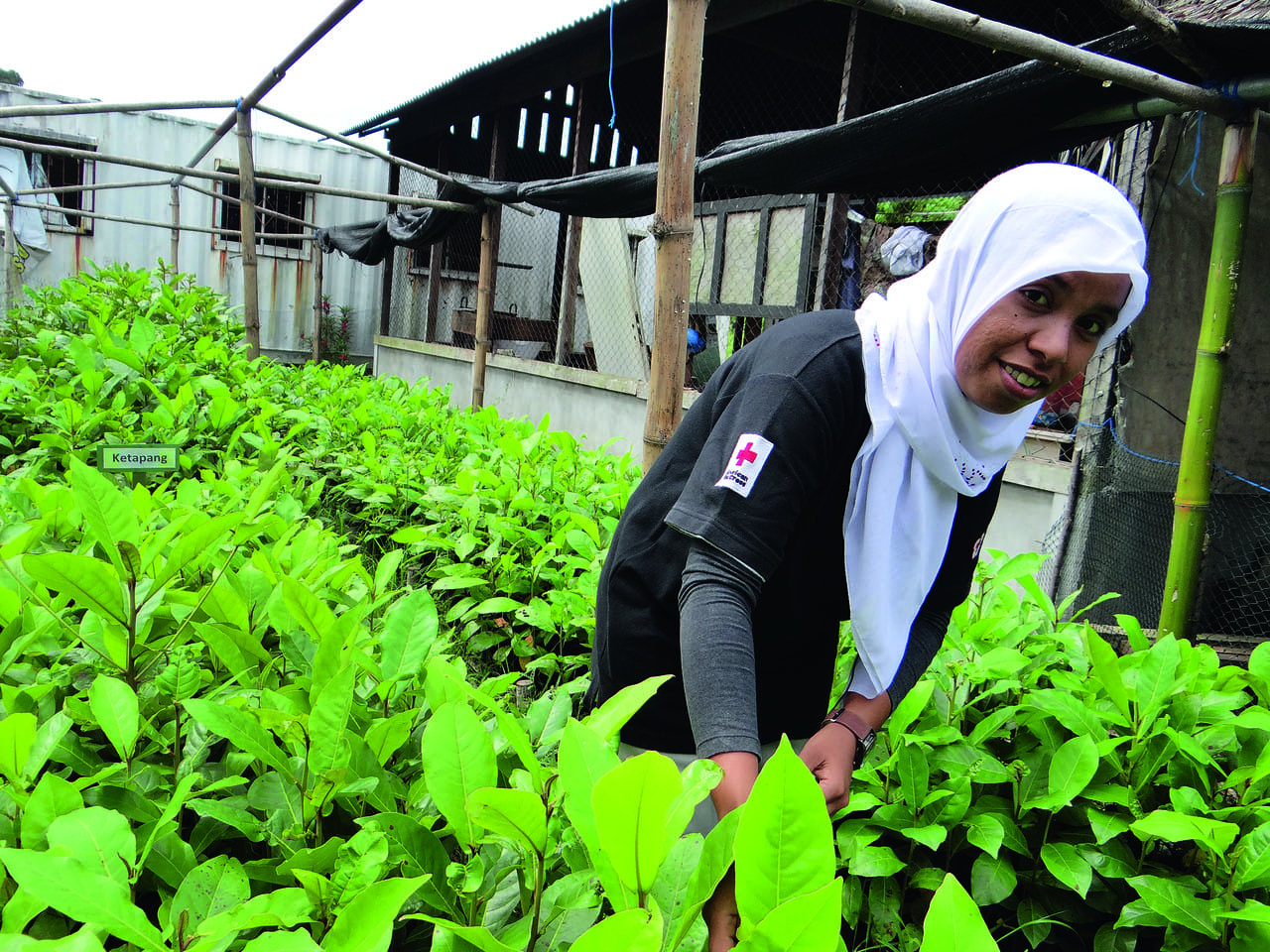As part of the Typhoon Haiyan recovery operation, the Philippine Red Cross is working to promote disaster risk reduction in some of the remote Calamian island communities in northern Palawan, the most westerly province in the Philippines.
Among them are members of the Tagbanwa people, many of whom live in isolated villages two hours or more by boat from the main island of Busuanga.
These tiny rock islands lack viable water sources and have to import water from the mainland. To help them better manage their water, and better prepare for recurring tropical storms, the Philippine Red Cross is sponsoring ‘learning visits’ by community leaders from the Calamian islands to San Francisco, a municipality in the Camotes island group known for its advanced disaster preparedness practices.
A tourist paradise, San Francisco made headline news as one of the very few places in the region to avoid a single loss of life after Haiyan struck in November 2013. The Camotes islands are also known for good water management.
“After visiting Camotes, the leaders and elders will have learned new ideas to have more water,” says Febbie Ann Motin, a Philippine Red Cross volunteer and a community member in Cabugao in the Calamians, where the Red Cross also offers sessions on how to keep water clean for daily use. “Nowadays, there is not enough water for washing clothes and bathing.”
This knowledge could be particularly critical this year, as meteorologists warn that the El Niño phenomenon will likely further reduce rainfall in Palawan.
Catalina Jaime, a disaster risk delegate with the Swiss Red Cross, which supports the programme, says San Francisco has become a model for disaster preparedness in part because of its use of a traditional system for managing local issues and encouraging self-reliance known as purok. In this system, members of the community group or purok are on the disaster front line, to educate, inform and warn people. Residents are prepared for upcoming storms and encouraged to participate in hazard reduction and disease-control programmes.
Participants said the visits were very useful because they could observe first-hand the relationship of municipalities with their respective barangays (districts) and see how they have organized communities at the household level to cope with disaster.
“For example, in Barangay Abaroan, the main hazards they identified are floods, so each family is mobilized to reduce the risks and the adverse impacts from floods,” says Lucy Joy Nery, a Philippine Red Cross volunteer and youth community leader in Maglalambay in the Calamian islands. “The community has also developed an early warning system in which the barangay captain knows the capacities of his community members to prepare for whatever might happen.”
Following the visits, Calamian leaders will receive Red Cross support to replicate San Francisco’s innovations.
 Red Cross Red Crescent magazine
Red Cross Red Crescent magazine 









 Tech & Innovation
Tech & Innovation Climate Change
Climate Change Volunteers
Volunteers Health
Health Migration
Migration